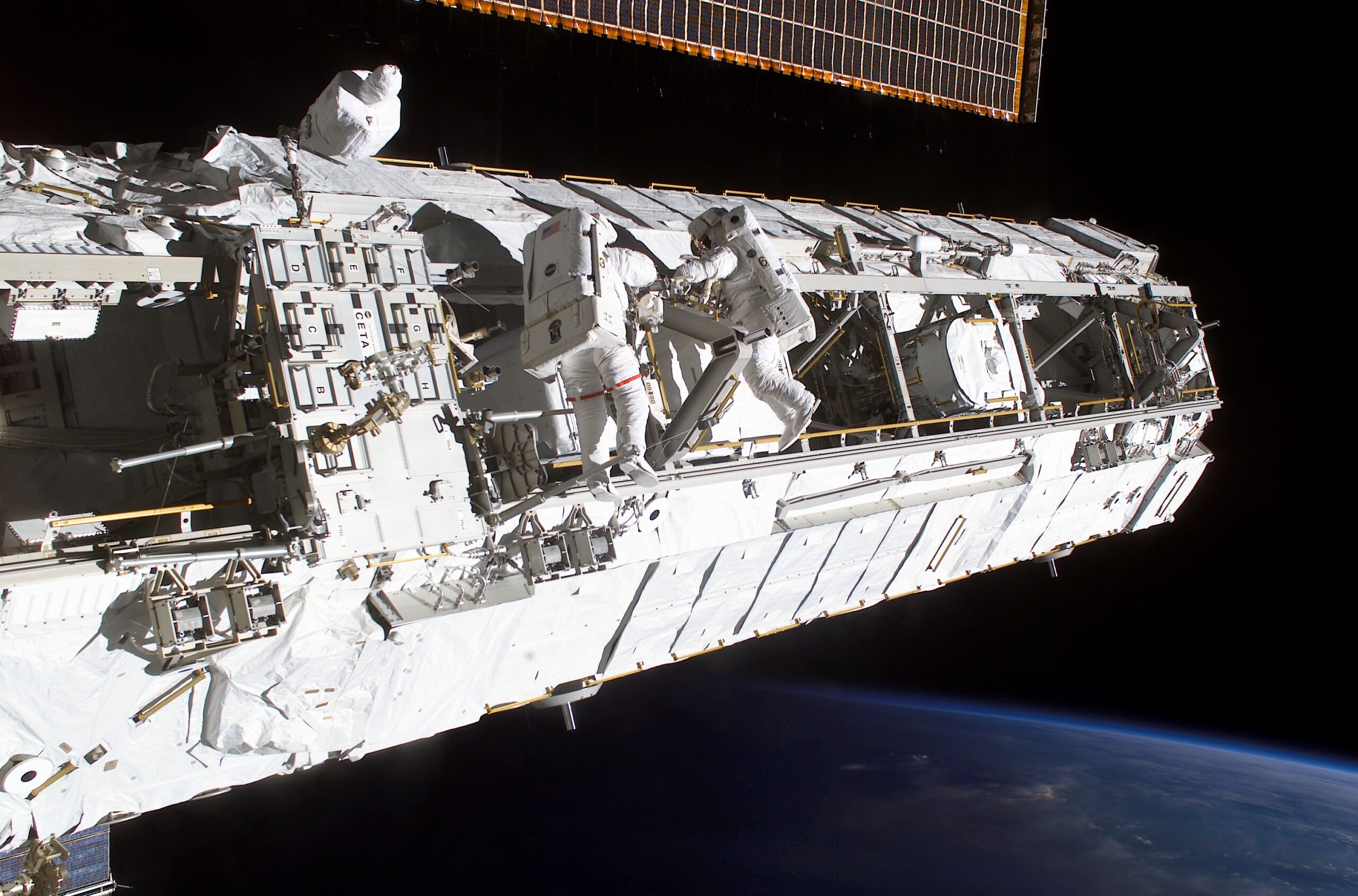SpaceX was recently granted an $800 million contract from NASA to de-orbit the ISS in 2030. This creates a unique opportunity to salvage and reuse the Integrated Truss Structure (ITS) before the deorbit procedure.
The ISS truss is attached to the rest of the station in only one place: The Unity module and Z1 section of the ITS are connected by 16 bolts. Humans working from the Unity side in a pressurized oxygen-rich environment would detach or cut and seal power and data cables and ammonia coolant lines. A robotic arm such as Canadarm2 would be optimal. However, astronaut Doug Hurley insists it cannot be done without a spacewalk.
A study will need to be conducted to assess the ITS’s structural integrity and the feasibility of detachment and modification. For instance, has anything cold-welded over time? What will the condition of the ammonia heat pipes be after 2030?
A custom-built Remote Command Module (RCM) will be developed to replace the ISS’s standard control functions, handling power management, thermal control, orientation, and communication. The RCM is mated with the truss at one of the expansion points or to a PMGS. Power lines will be connected, thermal control systems integrated, and data connections established.
An orbital transfer would be optimal to ensure the safety and longevity of the ITS by moving it to a less congested area of low Earth orbit. The necessary delta-V for the orbit transfer from 400 km to 800 km is approximately 214 m/s. The Truss has a mass of 54,000 kilograms (119,000 pounds). The Cygnus carries 2900 kilograms of fuel. The transfer would require 4,000 kilograms, and modifications would be necessary.
This plan will ensure that the infrastructure continues to serve valuable purposes, either by advancing ISRU activities such as recycling, assembly, and refueling or by maintaining its role in research and commercial activities.
